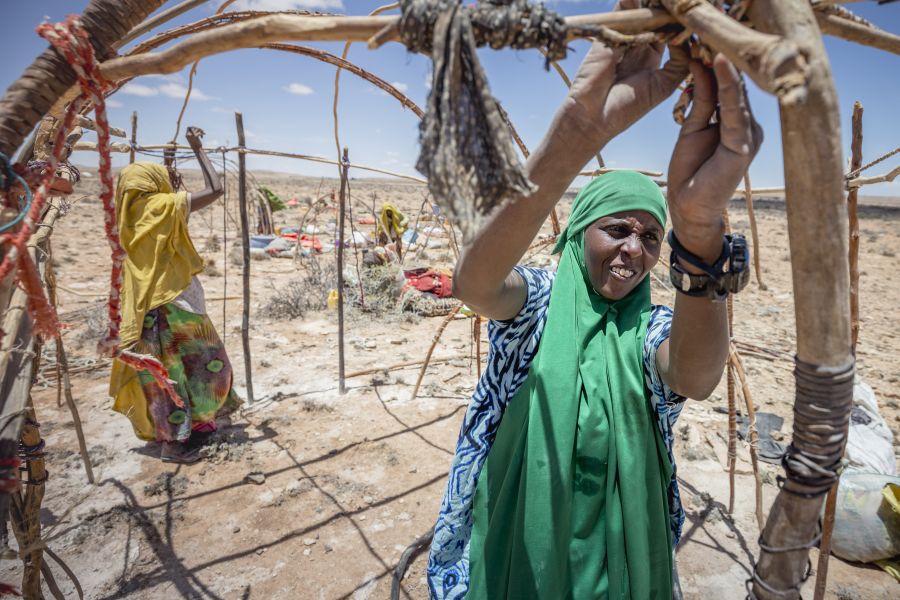RADAR

Hunger in a pandemic: all world regions affected, some more than others
BY FAO | Staff writer
COVID-19 HAS exacerbated what was already a worsening situation. The most recent data—collected in 2020 and published in mid-2021—shows that up to 811 million people were chronically undernourished as the pandemic swept the world, halting economic activity, disrupting supply chains and deepening poverty. At this rate, chances of reaching Zero Hunger by 2030, as envisioned under Goal 2 of the Sustainable Development Goals (SDGs), appear to be receding further—although a UN Food Systems Summit in 2021 did generate new political momentum.
While the whole world was affected, not all regions suffered equally. In 2020, more than half of all undernourished people (418 million) lived in Asia; more than a third (282 million) in Africa; and a smaller proportion (60 million) in Latin America and the Caribbean. The sharpest rise in hunger was in Africa, where the estimated prevalence of undernourishment, at 21% of the population, was more than double that of any other region.
The five regional reports of Food and Agriculture Organization (FAO) State of food security and nutrition: statistics and trends, offer unprecedented access to disaggregated statistics for anyone interested in understanding and ending hunger and malnutrition in all their forms.
| Dates To Remember |
|
April 2 – World Autism Awareness Day 4 – International Day for Mine Awareness and Assistance in Mine Action 6 – International Day of Sport for Development and Peace 7 – International Day of Reflection on the 1994 Genocide in Rwanda 7 – World Health Day 15 – Good Friday 17 – Easter Sunday 21 – World Creativity and Innovation Day 22 – International Mother Earth Day 23 – English & Spanish Language Day 24 – International Day of Multilateralism and Diplomacy for Peace 25 – World Malaria Day 28 – World Day for Safety and Health at Work 30 – Our Lady, Mother of Africa 30 – International Jazz Day May 1 – St Joseph the Worker, Workers’ Day 3 – World Press Freedom Day 8 – Remembrance and Reconciliation for Victims of Second World War 8 – World Migratory Bird Day 15 – International Day of Families 17 – World Telecommunication and Information Society Day 20 – World Bee Day 21 – World Day for Cultural Diversity for Dialogue and Development 22 – International Day for Biological Diversity 29 – Ascension of the Lord 29 – International Day of UN Peacekeepers 30 – World No-Tobacco Day |
